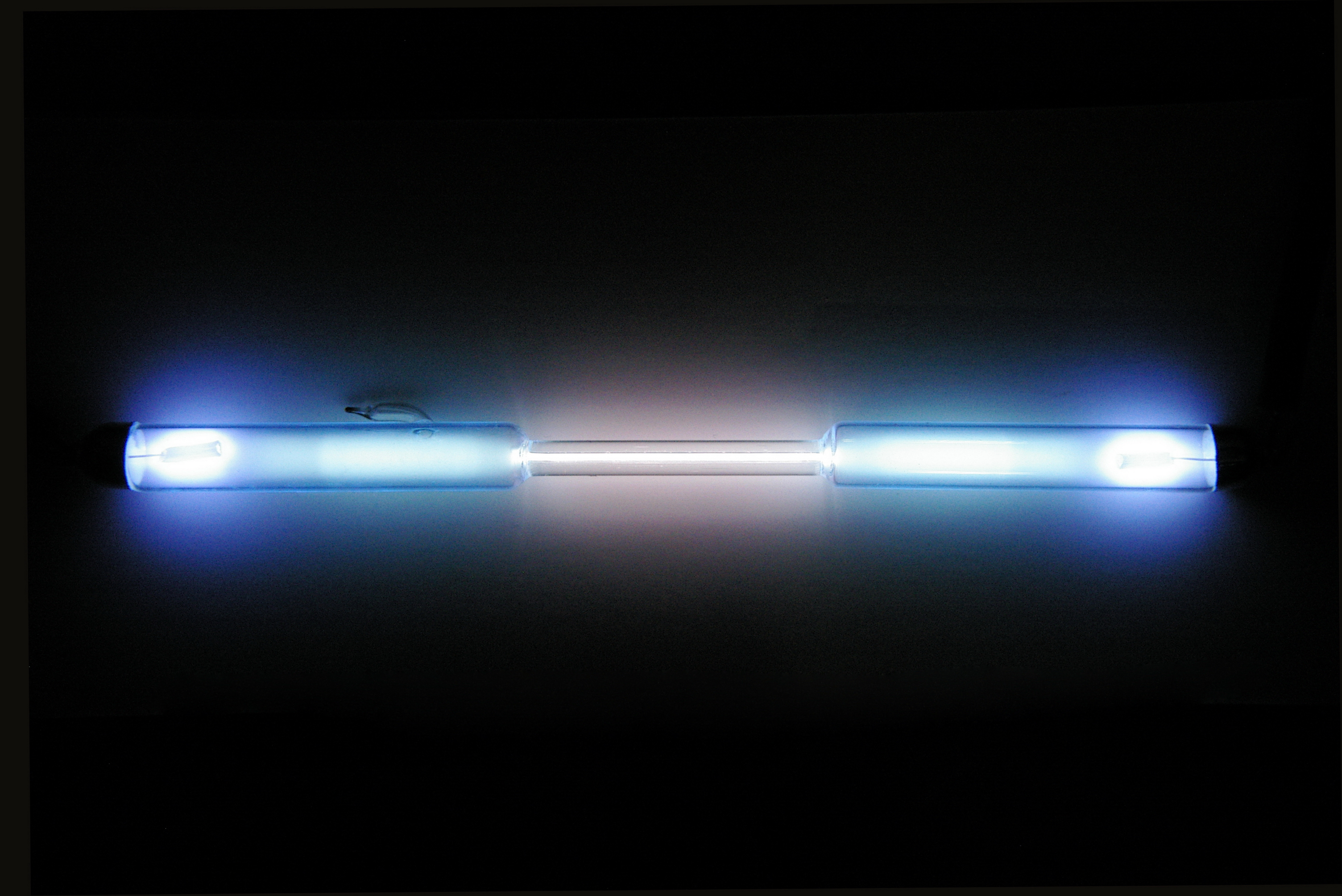Krypton
Krypton, with the symbol Kr and atomic number 36, is a colorless, odorless, and inert noble gas. It exists in trace amounts in our atmosphere and finds applications in various fields. Notably, it fills fluorescent lamps, contributing to their energy efficiency. Interestingly, its name, derived from the Greek word for "hidden," reflects its rare presence in nature.
Krypton isn't just an element on the periodic table. It's also the fictional home planet of Superman, the iconic superhero from DC Comics. Destroyed in various narratives, Krypton serves as the origin story for Superman's extraordinary abilities and his journey to Earth.
The television series "Krypton" delves deeper into the world of Superman's ancestors. Set two centuries before his birth, the show explores the struggles and triumphs of Seg-El, Superman's grandfather, as he navigates a complex society on the brink of collapse.
